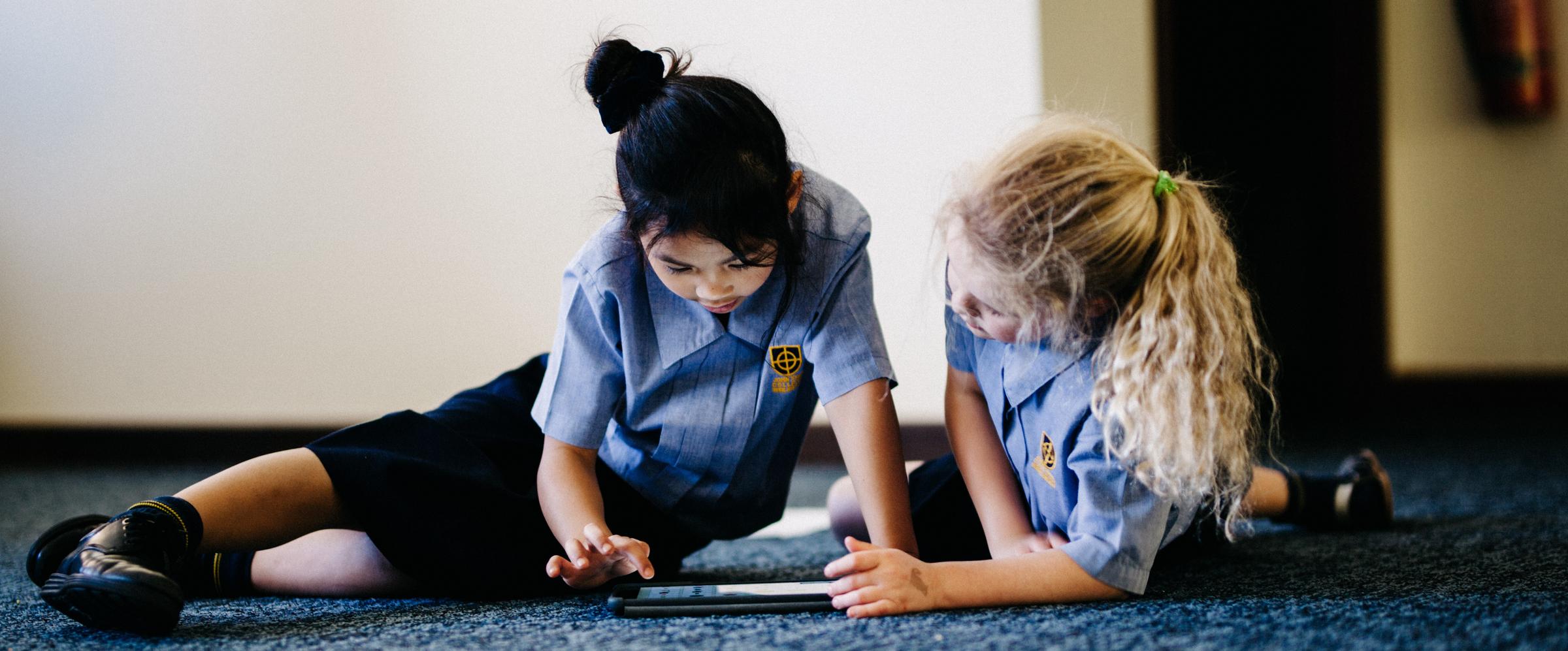Online Safety H

OnlineSafety Hub
The Hub includes expert advice on the most pertinent cyber safety issues and frequently asked questions around platforms like TikTok, Fortnite, Instagram, and more. There are app reviews with age and safety recommendations, a range of guides and resources to help ensure healthy boundaries around screen time and gaming, and step-by-step instructions for using parental controls and filtering out inappropriate content.
How to get Help with Qustodio as a Parent
This video provides parents with a practical guide for how they can get help with their Qustodio Parent tools.
Body Image and the Quest for Online Validation
- The digital age has led to young people facing pressure for picture perfection and tying their self-worth to the number of likes they receive on online posts.
- The media's unrealistic beauty standards and image alterations contribute to body image issues in young people.
- Parents can promote positive body image by monitoring social media habits, watching for red flags, initiating conversations, and discussing the negative impact of image alterations. They should also focus on qualities and accomplishments beyond looks and encourage non-looks-based role models.
We're living in an era where selfies and social media have become an integral part of our daily lives, and for children growing up in this digital age, the concept of self-worth is increasingly tied to the number of ‘likes’ they receive on their online posts. Adding to this, the media’s influence, with its unrealistic portrayals of airbrushed beauty and perfection – impossible to replicate in real life – makes it challenging for us parents to help our children cultivate healthy attitudes toward body image.
The pressure of picture perfection
You've probably noticed that today's young people are no strangers to digital photo enhancement – with AI, filters, and editing tools at their fingertips, it's not uncommon to see online images of people who have been so digitally altered they no longer resemble their actual appearance.
Young people upload their idealised selfies, then eagerly await validation through likes and reactions, which has led to a generation suffering from heightened anxiety and a sense of never measuring up. In extreme cases, the body-image disorder known as Snapchat Dysmorphia can cause young people to seek cosmetic surgery to resemble the augmented reality versions of themselves created by image enhancement filters.
The good news is that we’re starting to see change with a rise in celebrities and influencers posting ‘unfiltered’ photos and clothing companies embracing models with more realistic body shapes and sizes. There’s also a growing conversion away from the pressure to conform to the media’s influence on beauty ideals and an increase in the conversation surrounding positive body image and its effect on mental health and overall wellbeing.
How body image is shaped
Body image is primarily shaped by traditional and social media, peer influence, and family. Their combined impact is so strong that we usually form a firm opinion of how we look to the world at a very young age.
Children are especially susceptible to external validation, particularly during the challenging transition into adolescence when they seek approval from their peer groups. They develop self-awareness sometime between 15 and 24 months of age and have shown to be so sensitive to how others feel about them that they will actively change their behaviour to elicit a positive reaction.
Promoting positive body image
It is our responsibility as parents to ensure the messages our children receive are well intended and informed, and promote good self-esteem and a positive body image. Here are some practical steps you can take to promote a positive body image in your child:
- Monitor their social media habits: Be aware of the platforms they use and have open conversations about their online experiences.
- Watch for red flags: Be vigilant for signs such as mood swings, comparison to others, social withdrawal, changes in eating and sleeping habits, depression, and excessive self-scrutiny.
- Initiate conversations: Ask your child about their thoughts on body image, online validation, and how they could support friends who struggle with these issues.
- Daytime social media use: Encourage your child to keep their social media use to daylight hours. In the evenings, the prefrontal cortex (rational brain) becomes less alert, making it more challenging to regulate the amygdala (emotional brain), resulting in poor decision-making and heightened emotional responses, potentially triggering negative feelings. Adolescents already have difficulty regulating their emotions because their prefrontal cortex is ‘under construction’ until around the age of 25.
How to talk to your child about body image
In an age of social media, it can be challenging for young people to go against popular peer conventions, so start talking to your child about social media and its impact on self-esteem early and often.
- Avoid commenting on physical appearances. Instead, focus on qualities and accomplishments that go beyond looks.
- Discuss the negative impact of image alterations, including the inauthentic nature of filtered and edited photos and how they can distort reality.
- Promote non-looks-based role models. Encourage your child to admire individuals for their talents, skills, and character rather than their appearance.
- Role-play scenarios. Help your child build confidence in handling complex social situations and empathising with others facing body image challenges.
Reference: Online Safety Hub - John XXIII College (WA)
